Biblical Archaeology
‘If you keep silent, the stones will cry out’ (Luke 19:40).
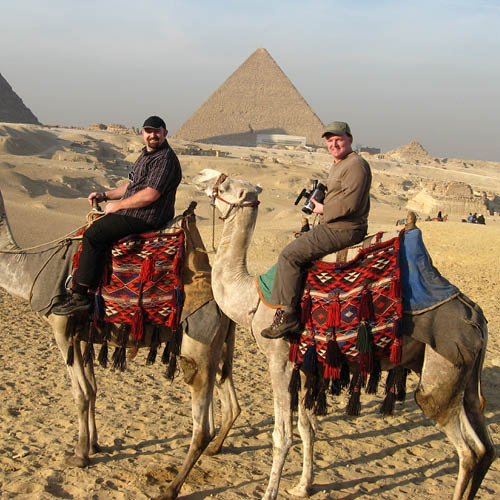
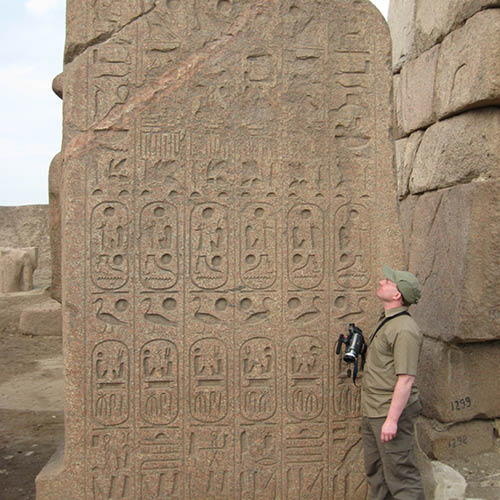
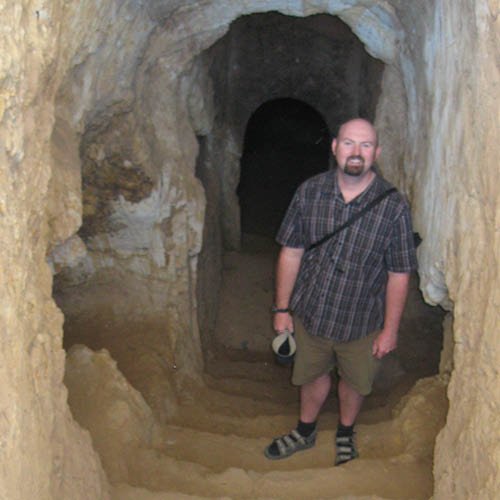
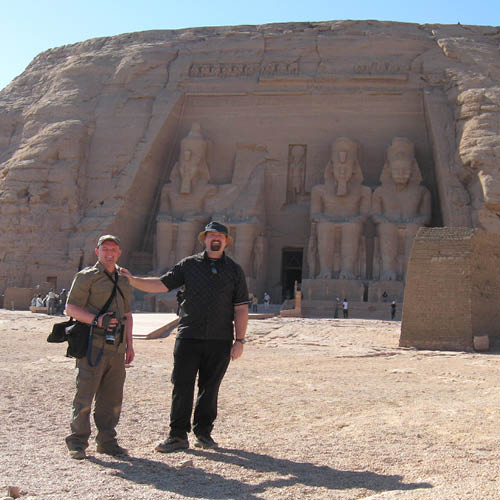
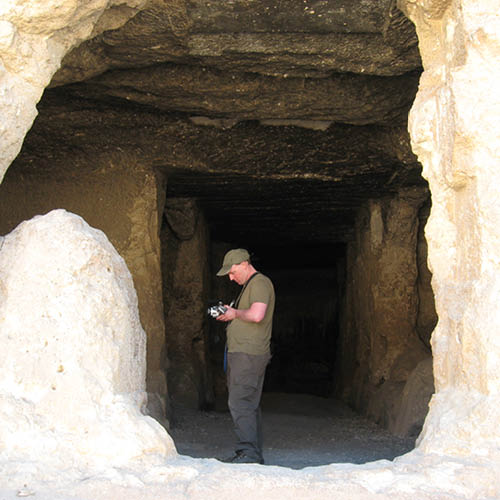

The first archaeological adventure brothers Paul and Mathew Backholer undertook took place in Israel over twenty years ago. When you enter the Church of the Holy Sepulchre you wonder, is this the place of Christ’s burial and resurrection? Thoughts like these led to years of research to undertake a greater knowledge of biblical archaeology.
“There is an enormous amount of archaeological evidence to verify the accounts in the Bible,” said Mathew Backholer. “What is shocking is how little known these artefacts are.”
You need not travel the world to find evidence for the Bible’s history; the British Museum is filled with interesting conformational artefacts, along with other museums in the world.
The Lachish Reliefs provides an unparalleled source confirming the eighth century BC storming of Jerusalem documented in 2 Chronicles 32:9. “The Black Obelisk of Shalmaneser III is a monumental piece of evidence,” said Mathew’s brother Paul. “You’re looking at an image of Jehu King of Israel, carved into stone. There is a Jewish delegation depicted bringing tribute to the Assyrian King Shalmaneser III.”
Biblical archaeology apologetics is a theme found in ByFaith Media’s books, TV series and documentaries. “The evidence is out there,” said Paul Backholer, “and we found it exciting to visit forgotten sites and tell their story. The stones cry out.”
In Egypt, the brothers visited the forgotten Temple of Merneptah. No one else was visiting and yet the temple holds one of the greatest clues in biblical history.
“A stele found in this temple contains the first reference to Israel outside of the Bible,” said Mathew. The brothers examined the original in the Egyptian Museum and the copy in the temple. The stele dates to 1208 BC and on its lowest part Pharaoh Merenptah speaks of his war with Israel saying, ‘Israel is laid waste, its seed is no more.’ “This is evidence ancient Egypt recognised Israel as a distinct people group 3,200 years ago,” said Paul.
The brothers have undertaken biblical archaeological adventures in Israel, Egypt and Ethiopia. “In the lost city of Tanis, Egypt, we walked amongst the ruins without other visitors and entered a tomb which was being excavated,” said Mathew. “In these tombs they found a hoard of gold and silver, some from Pharaoh Sheshonq I, who raided Solomon’s Temple. One of his bracelets survived and may have been cast from King Solomon’s gold” (1 Kings14:25-26).
In Ethiopia, they entered the underground rock churches to investigate the mystery of the nation’s claim to the lost Ark of the Covenant. “Walking through a labyrinth of underground tunnels cut by hand is very special,” said Mathew. “We found many answers to delve deeper into the legend and the experience of exploration was superb.”
The brothers have found Semitic settlements in the Bible’s land of Goshen, witnessed ancient scenes of slaves making bricks and found an image in a forgotten Egyptian tomb of Semitic people entering Egypt with multi-coloured coats, just like Joseph.
In Capernaum, Israel, the brothers marvelled at the stones of the ancient synagogue where Jesus preached, found underneath the fourth century Roman rebuild. ‘He went down to Capernaum, a city in Galilee and was teaching them on the Sabbath. They were astounded at His teaching because He spoke with authority’ (Luke 4:31-36).
Cited many times in all four gospels, Jesus performed many miracles in the town and it was home to Jesus’ disciples Peter, Andrew, James and John. “In Capernaum, the crowds become so large that a paralytic was lowered through a roof and was healed by Jesus,” said Paul. “When you walk the ruins of Capernaum, you realise it happened in one of these small homes” (Mark 2:1-12).
Several books, documentaries and video clips contain the conclusions from the brother’s biblical archaeological adventures. Find out more about Lost Treasures of the Bible by Paul Backholer.